Blog Layout
A Guide To Moving Your Plants To New Home
7012742795 • September 20, 2022
Relocating plants is one of the most stressful things about moving. If you don't do it right, your new home can quickly become a jungle. Don't fret! Here are some tips on how to make sure your plants make the transition safely:
Prepare Their New Location & Home
Before you move your plants, it's important to prepare their new location and home. You'll want to ensure they have the right amount of sunlight, water, air circulation, and temperature in their new place. Here are a few things you'll need:
• Light. Plants need light to grow; however, not all plants like the same amount of light. Some plants thrive in full sun, while others do better with more shade or indirect sunlight. If possible, check out your local gardening store for recommendations on lighting requirements for specific plants (you can even talk to someone who works there).
• Watering schedule. Again this can vary from plant to plant but generally speaking; most houseplants will only need watering once every week or two, depending on how much moisture is lost through evaporation from the soil (this will vary based on climate). As always, it's best to follow directions provided by the original owner when determining how often one should water their collection - if unsure, just empty some water of each pot once every three days until you find what works best before making any changes!
Packing & Moving Materials
There are many ways to move your plants, but the most important thing is to keep them safe for the journey. The best way to do this is by using plastic bags and wrapping them around your plant carefully.
• For roots:
• Wrap a plastic bag tightly around the soil about an inch away from the roots. If you're moving a small plant, like an herb or succulent, you can use a gallon-sized bag instead of two bags tied together at one end with string or tape. Be sure there is no air between the bag and potting soil before taping it closed! This prevents water loss through evaporation—which could kill your plant during transit if too much moisture evaporates out through openings like holes in pots' drainage holes where leaves meet soil surface edges near the bottom edges when watering containers have been filled too full (too much water) before they are moved again after being watered thoroughly first at time t=0 hours since the last watering).
• For leaves:
• Wrap each leaf individually with tissue paper before placing it into another plastic bag which then goes inside another larger bag as described above for root protection/moisture control purposes except without any need for tape because both ends will be closed up securely under pressure from inside outwards due to expansion caused by gases produced by respiration occurring within leaf cells when exposed directly after cutting off light source until all photosynthesis activity stops completely 30 minutes later.
Remove Excess Foliage
You will want to remove dead or dying leaves, branches, and twigs. You mustn't let your plants become too overgrown with foliage. You will need to remove excess foliage so that the stems of the plants have room to breathe when placed in their new pots.
Avoid Trucks
Moving plants can be tricky, and using a truck or car is not recommended. This is because the motorized vehicle will create vibrations that may harm your plants.
If you're short on time and have a lot of plants to move, hiring a moving company can be a great option. Whether it's just one plant or all of them, these professionals will handle everything from start to finish. The best part is that they also have the expertise needed to ensure that everything arrives at its destination safe and sound.
ADDRESS
,
This is a placeholder for the Yext Knolwedge Tags. This message will not appear on the live site, but only within the editor. The Yext Knowledge Tags are successfully installed and will be added to the website.
This is a placeholder for the Yext Knolwedge Tags. This message will not appear on the live site, but only within the editor. The Yext Knowledge Tags are successfully installed and will be added to the website.

SERVICE AREA
This is a placeholder for the Yext Knolwedge Tags. This message will not appear on the live site, but only within the editor. The Yext Knowledge Tags are successfully installed and will be added to the website.
HOURS
This is a placeholder for the Yext Knolwedge Tags. This message will not appear on the live site, but only within the editor. The Yext Knowledge Tags are successfully installed and will be added to the website.
HOURS
This is a placeholder for the Yext Knolwedge Tags. This message will not appear on the live site, but only within the editor. The Yext Knowledge Tags are successfully installed and will be added to the website.
Monday
Tuesday
Wednesday
Thursday
Friday
Saturday
Sunday
This is a placeholder for the Yext Knolwedge Tags. This message will not appear on the live site, but only within the editor. The Yext Knowledge Tags are successfully installed and will be added to the website.
CONTACT US
This is a placeholder for the Yext Knolwedge Tags. This message will not appear on the live site, but only within the editor. The Yext Knowledge Tags are successfully installed and will be added to the website.
This is a placeholder for the Yext Knolwedge Tags. This message will not appear on the live site, but only within the editor. The Yext Knowledge Tags are successfully installed and will be added to the website.
NYSDOT # T-35528
USDOT# 1060058
NYC BIC#4296
Hi. Do you need any help?
Privacy Policy
| Do Not Share My Information
| Conditions of Use
| Notice and Take Down Policy
| Website Accessibility Policy
© 2025
The content on this website is owned by us and our licensors. Do not copy any content (including images) without our consent.

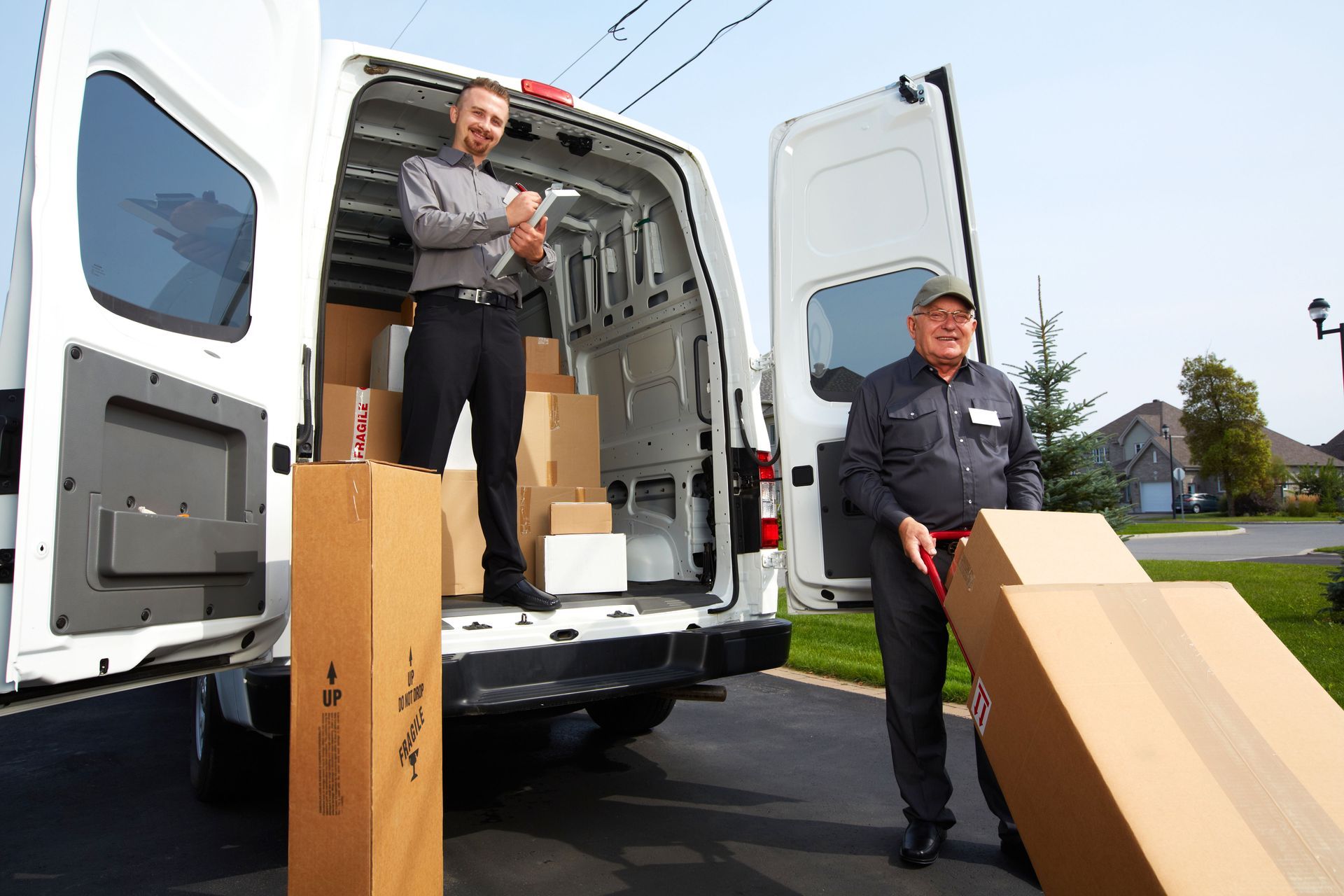


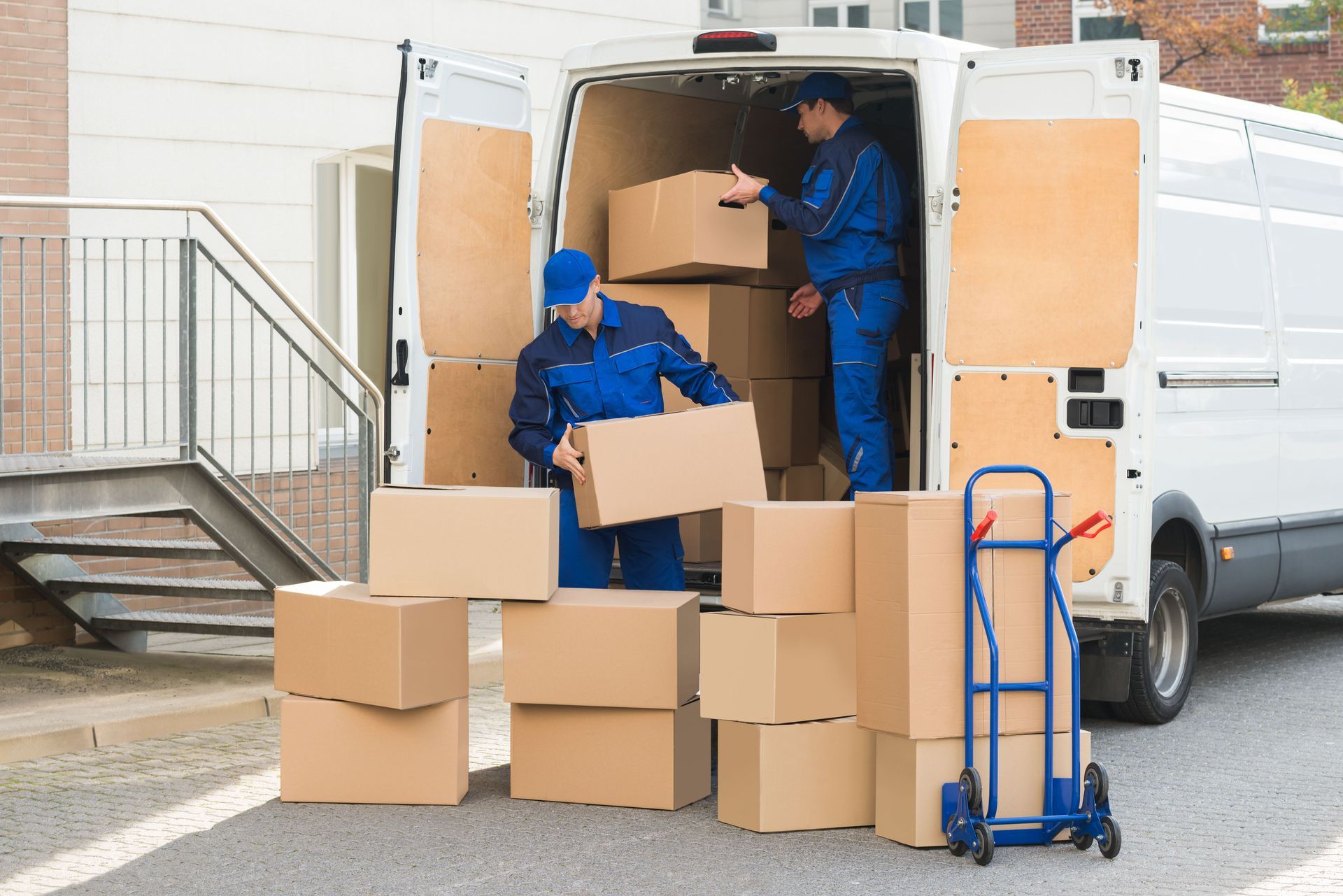
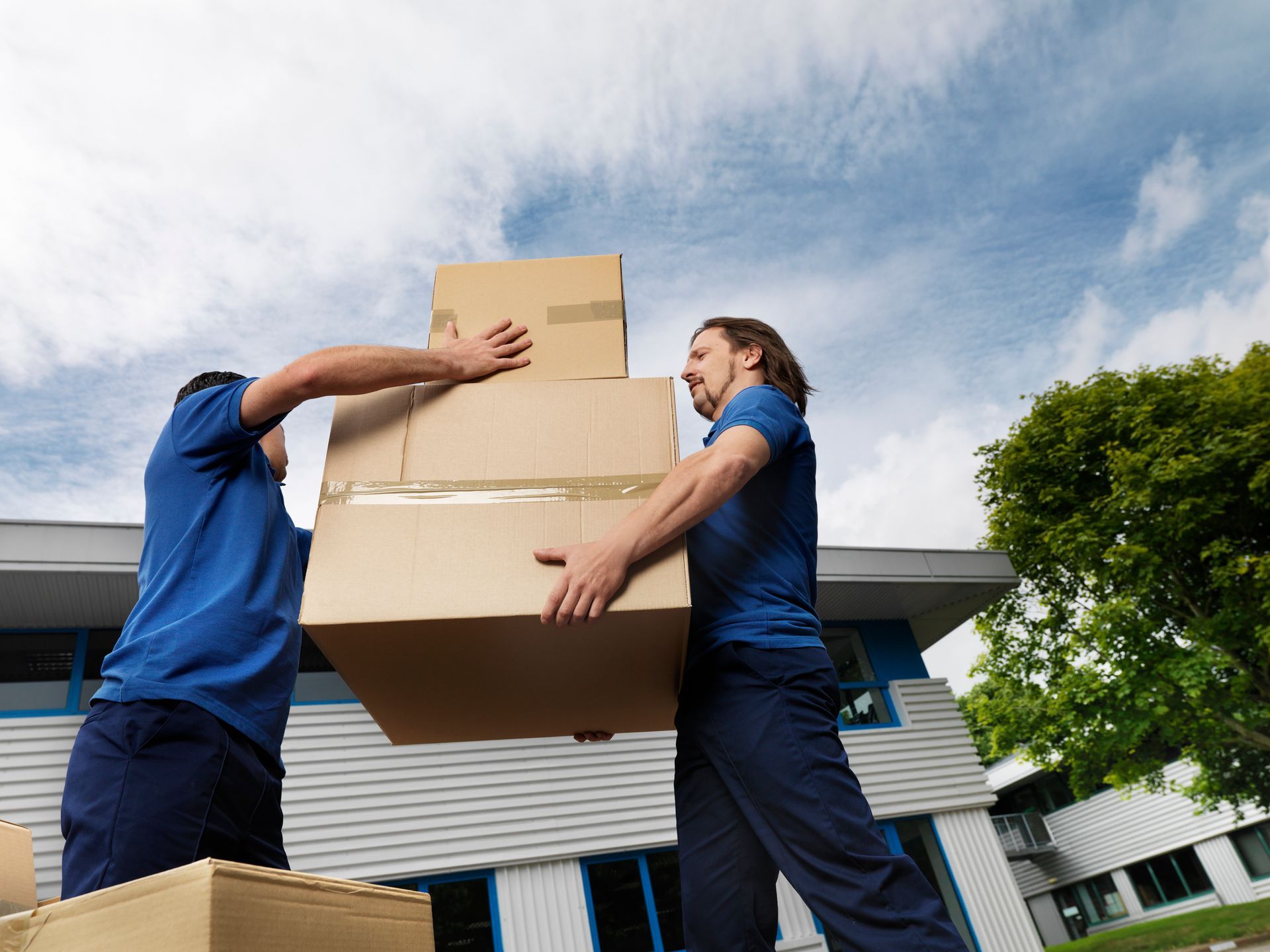
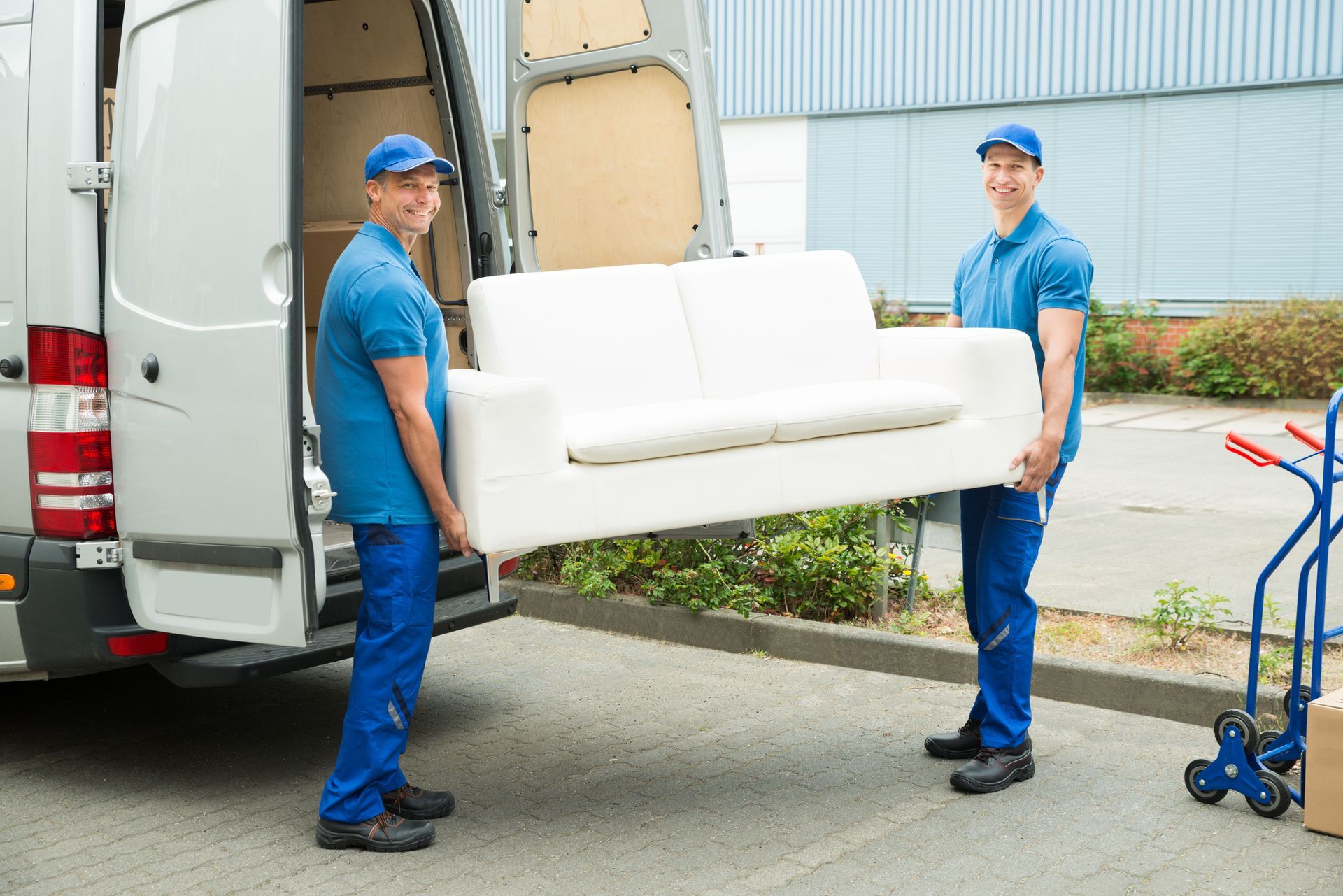
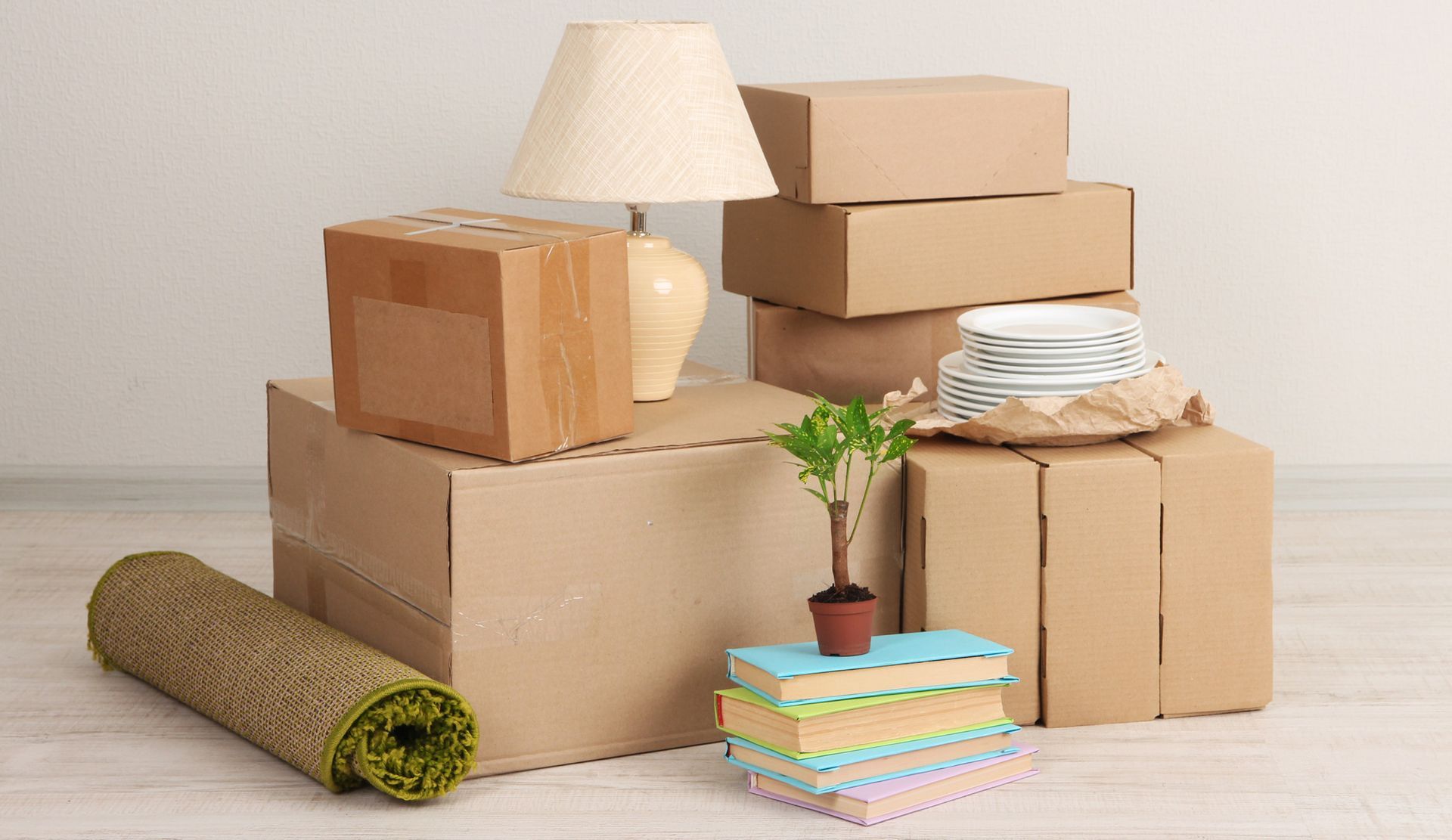

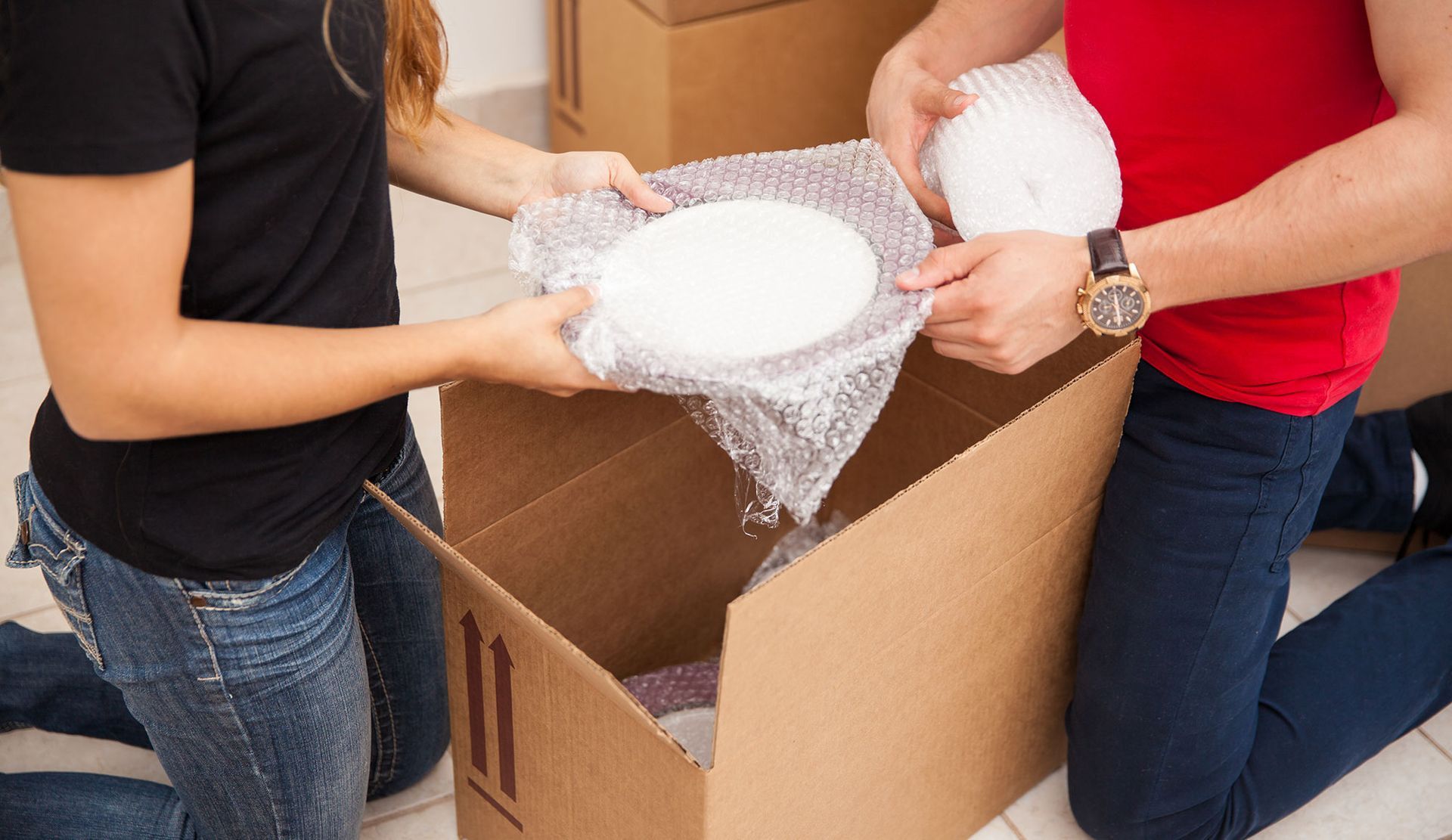
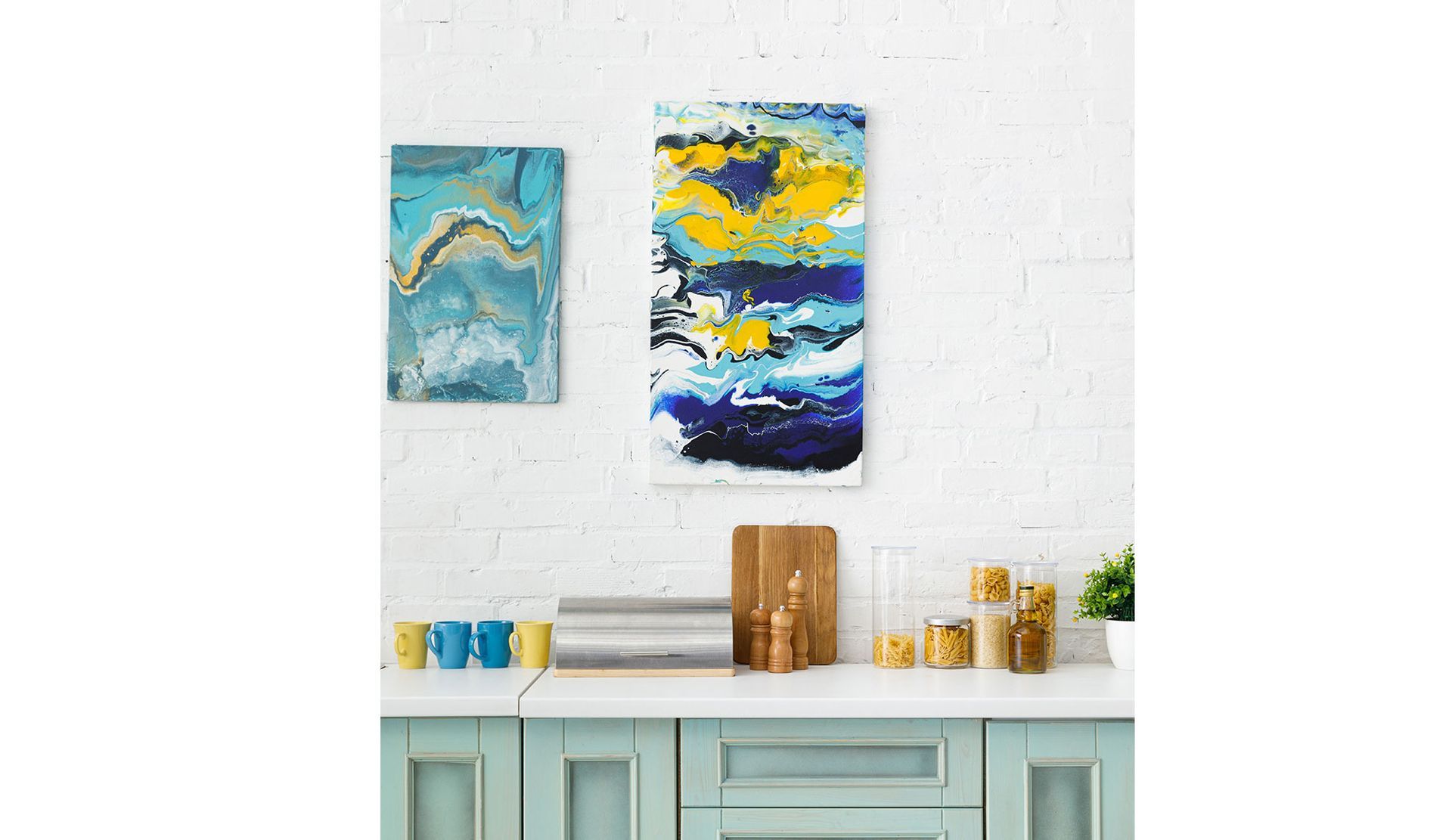

Share On: